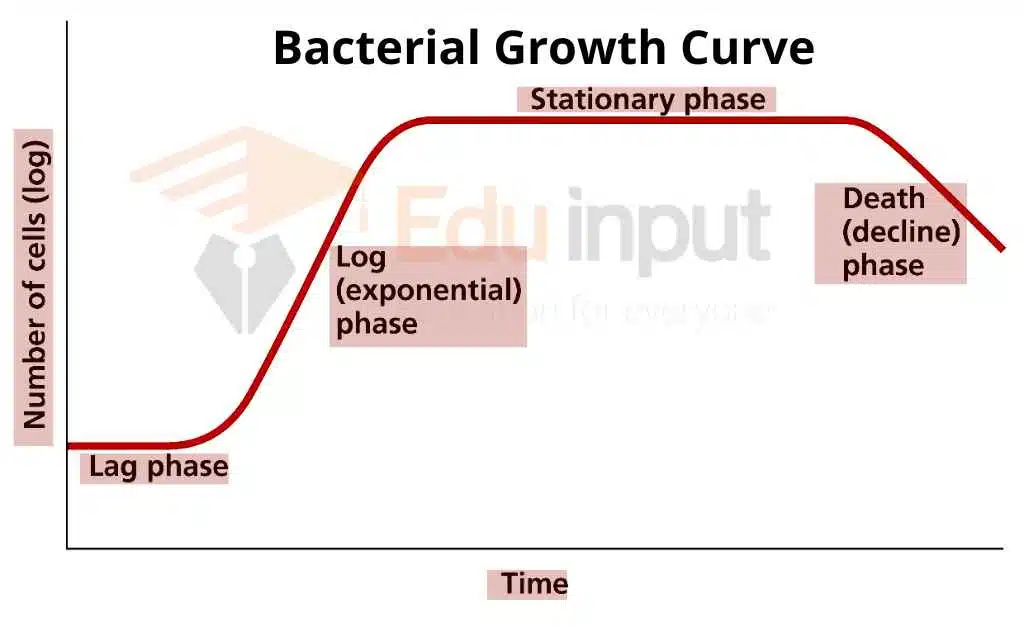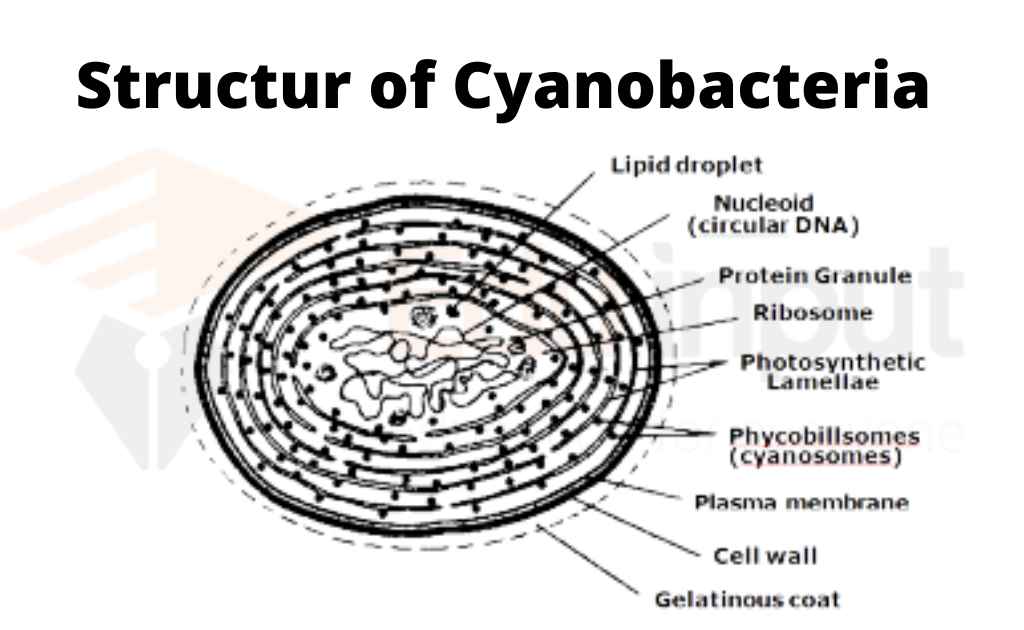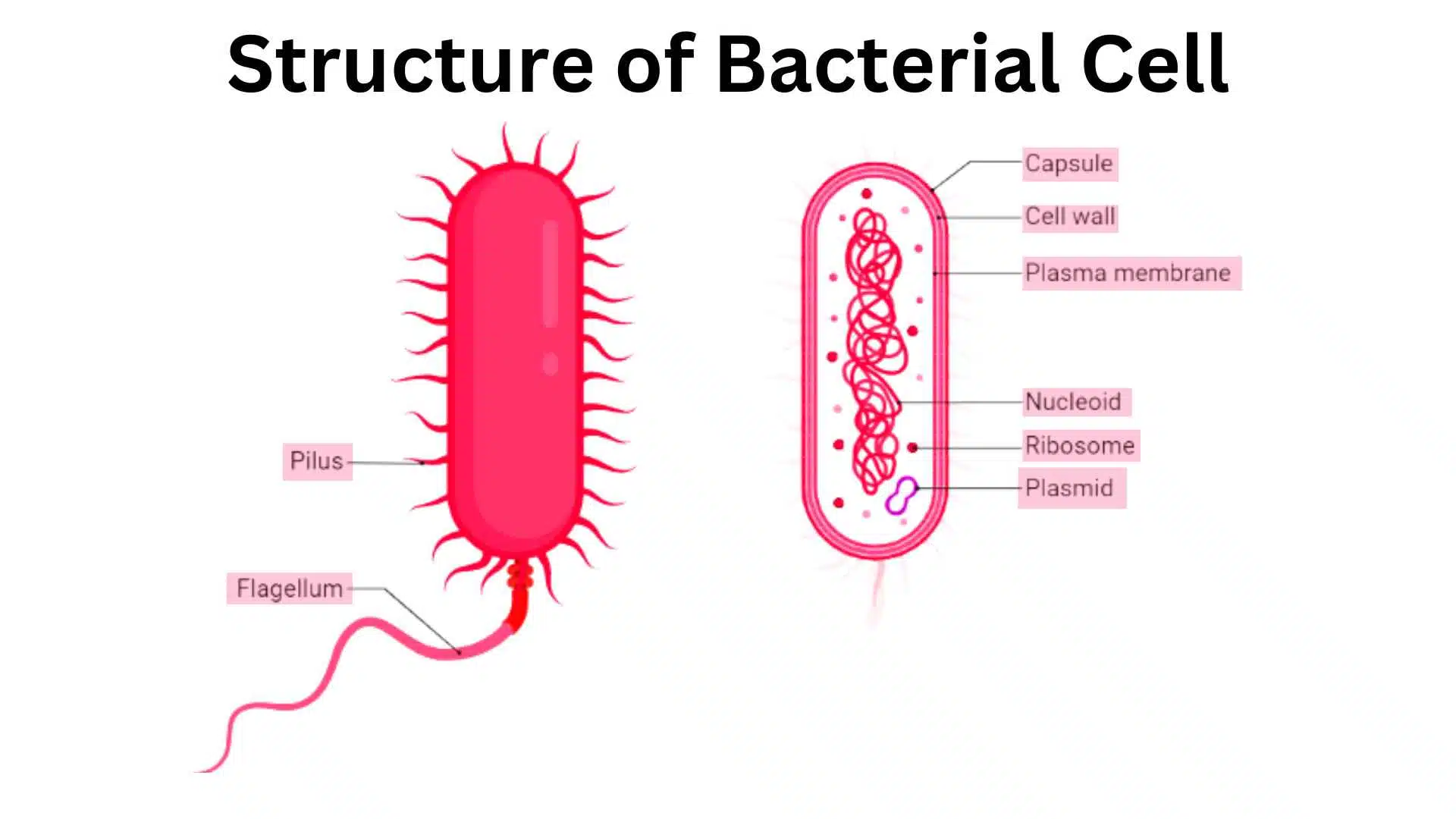What are the Phases Of Growth In Bacteria?
Bacteria are microorganisms with a simple cell structure. Most bacteria do not possess a nucleus. However, they can replicate themselves by dividing into two cells that each contain half their genome. A bacterial cell does not require energy to divide and create new copies of itself. In contrast, eukaryotic cells rely on energy, which they obtain through food intake to replicate. Bacteria reproduce through binary fission. This means they divide into two identical copies of themselves.
Phases Of Growth In Bacteria
The growth occurs in three distinct stages: lag phase, log phase, and stationary phase.
Lag Phase:
No growth happens in this phase. The cell prepares itself for division. This introductory stage is characterized by cellular movement but not development. A little gathering of cells is set in a supplement wealthy medium that permits them to synthesize proteins and other particles fundamental for replication. These cells increment in the estimate, but no cell division happens within the stage.
Log Phase
After the lag phase (which can last anywhere from hours to days), bacterial cells enter the exponential phase of growth. During this phase, bacterial cells divide by binary fission, producing two daughter cells that are genetically identical to the mother cell.
In addition to the increase in the number of cells, metabolic activity increases dramatically during this period. Bacteria also produce large amounts of proteins, nucleic acids, and other substances needed for growth. Antibiotics and disinfectants are most active against bacteria during this stage because they disrupt the production of essential cellular components.
Stationary Phase
Eventually, the population grows until it gets too big for the available resources. The bacterial death rate becomes equal to bacterial reproduction and multiplication.
This causes an increase in competition for food, decreasing metabolic activity, and causing the cells to begin to die off. Pathogenic bacteria also produce virulence factors that allow them to survive harsh conditions and cause disease.
Death/Decline
Bacteria start dying. Here the death rate is more than the reproduction.
Bacterial Growth Curve
The bacterial growth curve is a graphical representation of phases of bacterial growth.

Conjugation
The transfer of genetic material from donor bacteria to recipient bacteria by the cytoplasmic bridge is called conjugation.
a) Lack of sexual reproduction: Bacteria lack traditional sexual reproduction (gamete formation) and mitosis. However, some bacteria transfer their genetic material from a donor bacterium to a recipient bacterium during the process of conjugation.
b) Sex Pili: Some conjugating bacteria have specialized sex pili. These pili transfer genetic material.
c) Genetic recombination: Conjugation produces new genetic combinations. It allows bacteria to survive in a great variety of conditions.
Frequently Asked Question(FAQs)
What are the 4 phases of bacterial growth?
Bacterial growth constitutes 4 distinctive phases;
Lag phase
Log phase or exponential phase
Stationary phase
Death phase
What affects the growth of bacteria?
Following 4 physical and chemical factors affects the growth of bacteria;
Warmth
Moisture
pH levels
Oxygen levels
Does temperature affect bacteria growth?
Temperature largely influences bacterial growth. As it affects the activity of enzymes involved in growth.
How fast do bacteria grow?
Bacteria are the fastest reproducing organisms as they double every 4 to 20 minutes.







Leave a Reply